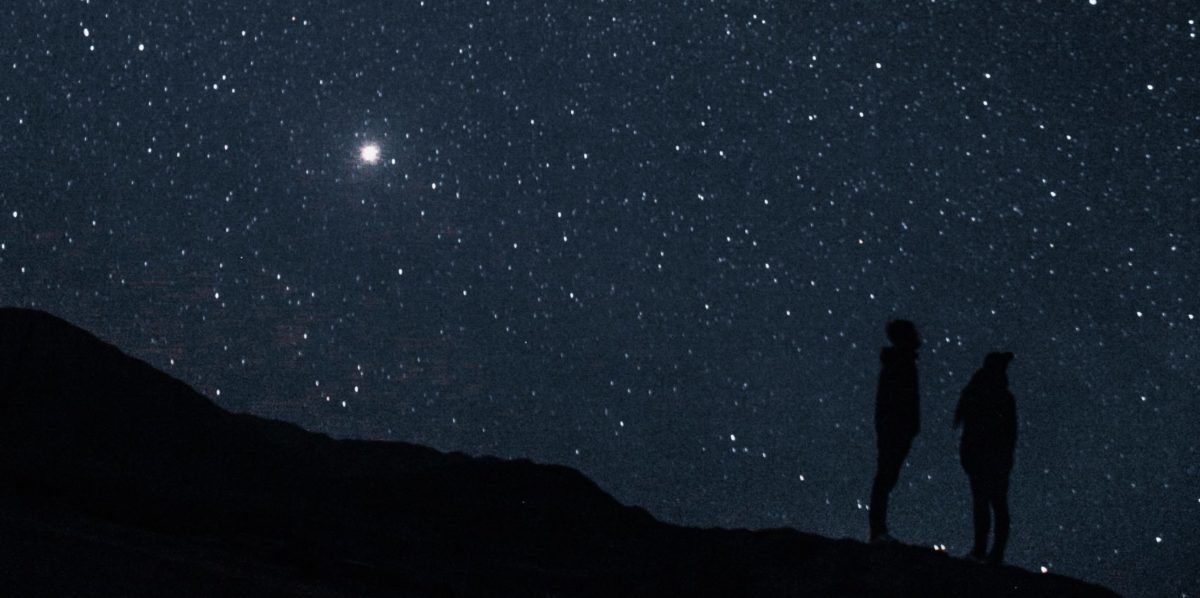Stunningly beautiful images from the James Webb telescope are awakening public interest in the birth of stars and planets, exploding supernovas, and creation of galaxies dating to the beginning of the universe.
Those ancient galaxies are nearly as old as the universe itself. Their light, now visible with the most powerful telescope ever made, has taken almost fourteen billion years to reach us.
Our Sun is a second generation star, less than five billion years old. It formed out of the remains of earlier stars that exploded and released their contents into interstellar space.
Stars and planets are born in a nebula – a cloud of gas and dust particles. Most are composed of the lightest elements, hydrogen and helium. The force of gravity pulls together the molecules in the nebula. Gravitational energy transforms into heat energy.
As a pre-star begins to form, some of its heat can no longer be radiated away and is trapped within. It grows hotter and brighter.
Our Sun was once a hundred times larger and brighter than today. It continued to contract under the force of gravity for a few tens of millions of years. Eventually its core reached sufficient temperatures to trigger nuclear reactions – fusion of hydrogen nuclei into helium nuclei.
The supply of hydrogen fuel for nuclear fusion can keep the Sun glowing – and support life on Earth – for roughly ten billion years. We’re about half-way through that period.
The Sun isn’t large enough to make elements heavier than helium. But because it is only an “average” star, it will continue to shine far longer than bigger stars that burn up their nuclear fuel in a matter of millions of years.
We nonetheless owe a debt of gratitude to past stars, now long vanished, that were much larger than our Sun. They provided the essential elements from which our bodies are made. We are stardust.
The final act in the life of a very large star can be a massive explosion known as a supernova. A supernova explosion creates an object as bright as the entire Milky Way galaxy, visible in the night sky.
In the year 1054 Chinese astronomers noticed a new “guest star” – a star that flares up suddenly but gradually becomes fainter and disappears. That year they saw an object as bright as Venus. They watched it during the day for a month, and at night for nearly two years.
When a large star runs out of its nuclear fuel, its internal heat can no longer resist the force of gravity. It implodes violently, then bounces back and blows off most of its mass in a matter of seconds.
Matter in the core of the new star is crushed to a density millions of times higher than the Sun. Atoms no longer exist in this remnant core. The remnant is known as a neutron star. Its entire volume is essentially made up of nuclear material.
Remnants of the guest star seen by ancient Chinese astronomers are readily visible in telescopes. They are now known as the Crab Nebula, in the constellation Taurus. Its stellar predecessor exploded some 5,000 years ago, with the light only reaching Earth some 4,000 years later. At the center of the Crab Nebula is a neutron star, with a radius of a few kilometres but with the mass of the Sun.
A supernova scatters materials essential for life into interstellar space – the makings of a next generation star and its planets. Under the right conditions a new star can be born from the ashes of an old star.
Nuclear fusion reactions in large stars proceed beyond fusion of hydrogen to helium. Three helium nuclei can fuse into carbon. Adding another helium nucleus creates oxygen. In subsequent stages of the life of a large star, complex nuclear reactions occur faster and faster under ever-more intense heat and radiation, creating all the elements up to iron. Still heavier elements are created during the explosion.
After the explosion disperses these elements, there is potential for them to coalesce and form new stars. How this occurs is somewhat of a mystery. Some astronomers think that a subsequent explosion of another supernova can compress interstellar gas and dust into a more compact mass. Given a sufficient density of material, gravity takes over and a second generation star is born.
The death and birth of stars are closely linked. Observations made possible by the James Webb telescope could shed further light on the origins of our solar system, and indeed the origins of all the hundreds of millions of stars in the Milky Way, and the 200 billion trillion stars in the universe.
Let’s hope that an appreciation of how stars are formed will strengthen our collective resolve to maintain the conditions that make life on Earth possible.




